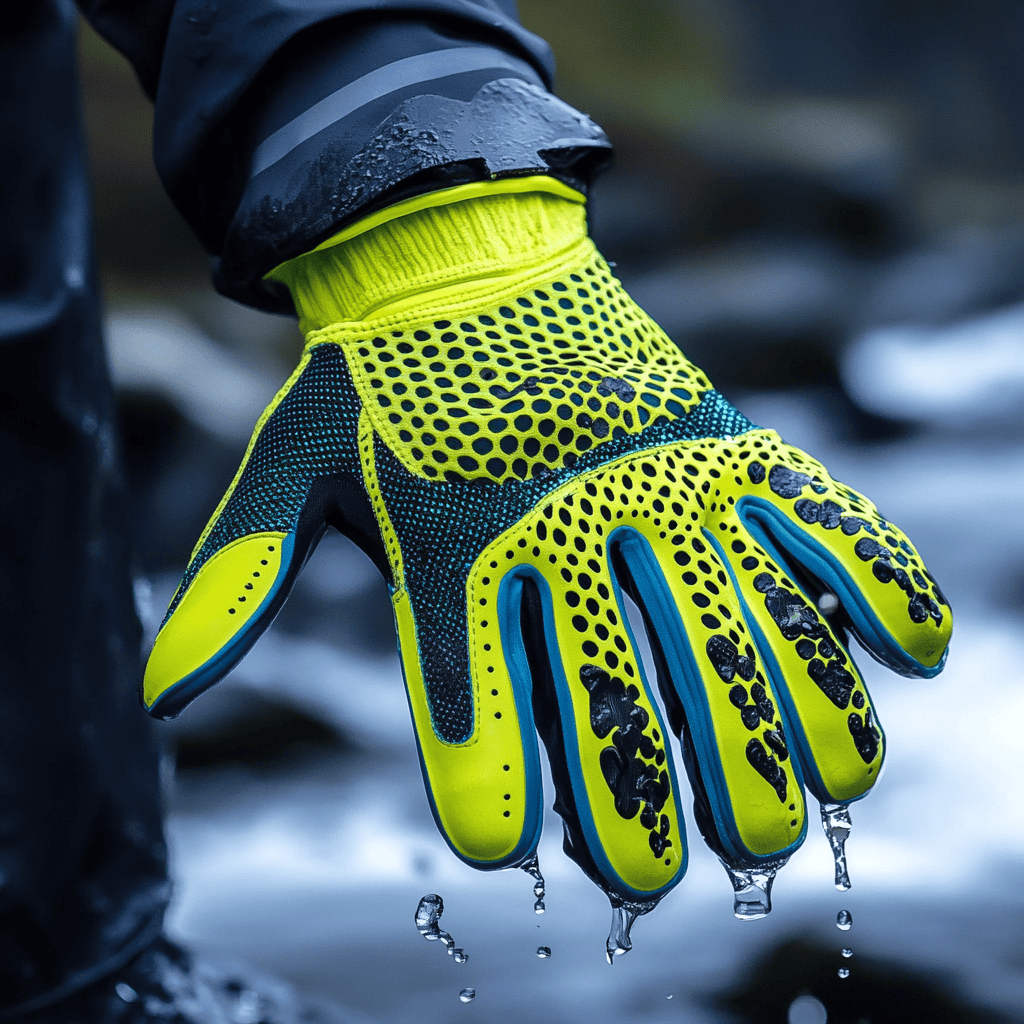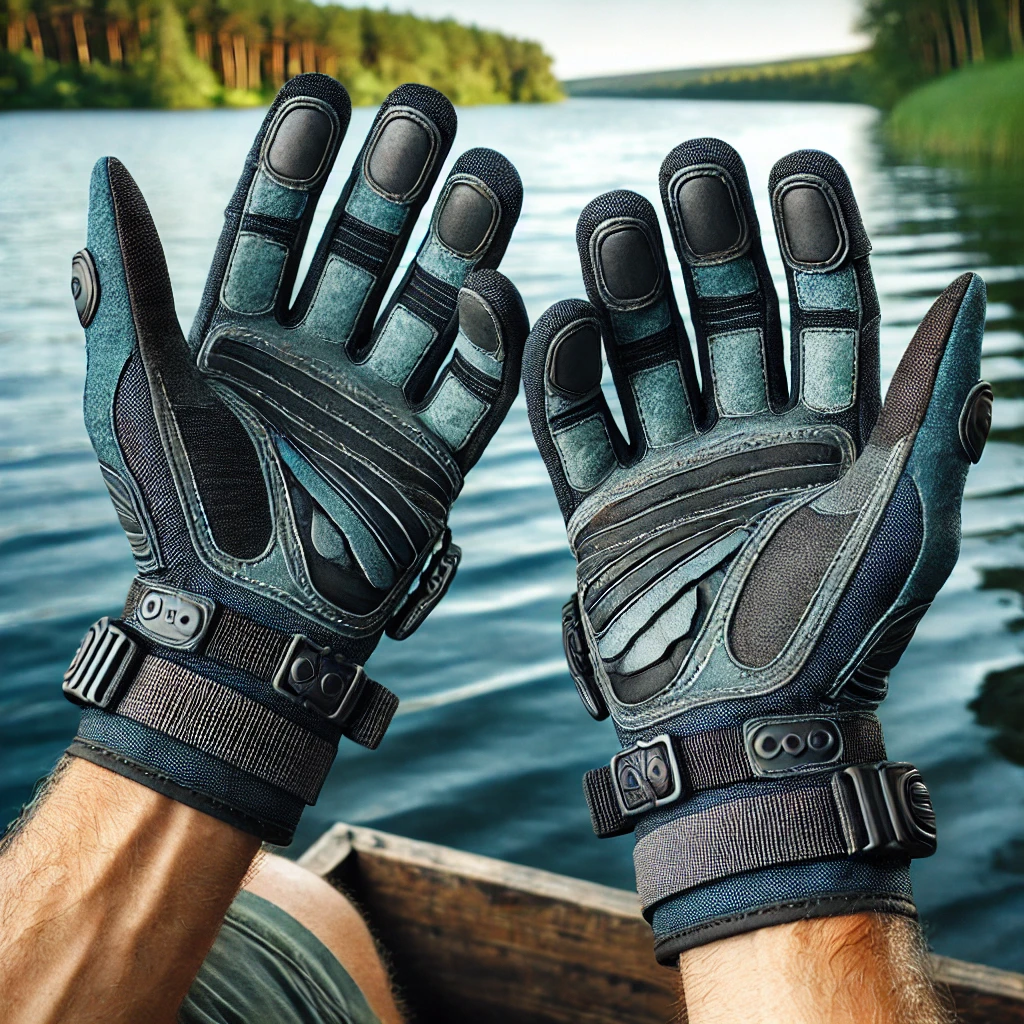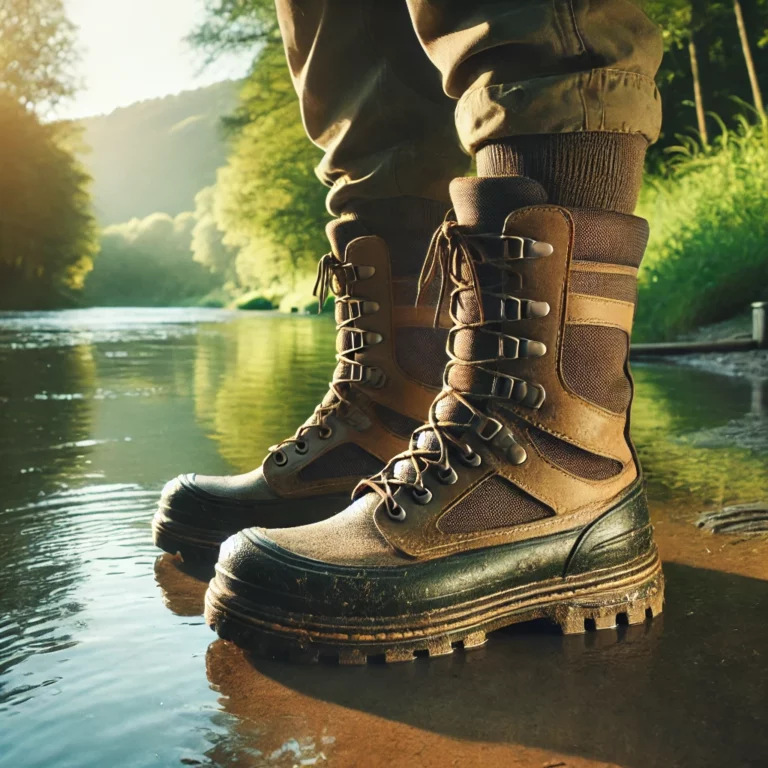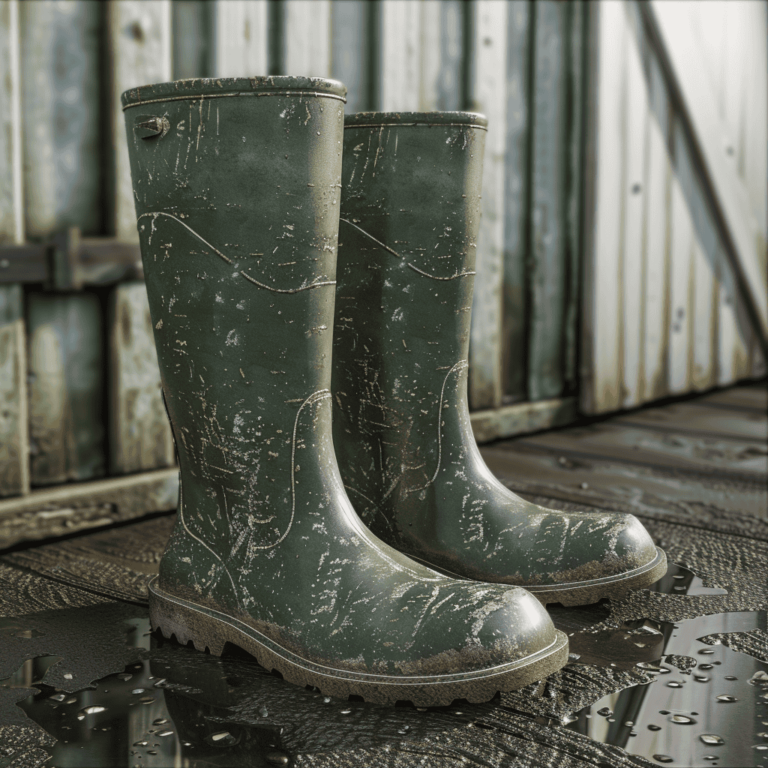Fishing Gloves: Pros, Cons, and Best Use Cases
Fishing gloves are an essential yet often overlooked piece of gear for anglers of all skill levels.
For seasoned professionals and weekend hobbyists alike, fishing gloves can significantly enhance your experience on the water.
They provide protection, improve grip, and even contribute to your overall performance.
However, not all are created equal. Understanding the pros, cons, and specific use cases can help you the best fishing gloves.
Pros of Using Fishing Gloves
1. Protection: One of the primary benefits of fishing gloves is the protection they offer. Fishing can be tough on your hands, exposing them to harsh elements, sharp objects, and abrasive materials.
Gloves provide a barrier against:
- Sunburn: Prolonged exposure to the sun can cause painful sunburns, especially on the back of your hands. Many fishing gloves come with UPF protection to shield your skin from harmful UV rays.
- Cuts and Scrapes: Handling fishing lines, hooks, and fish can lead to cuts and abrasions. Gloves protect your hands from these injuries, making it safer to handle your catch.
- Blisters: Reeling in a big fish or casting repeatedly can cause blisters. Gloves cushion your hands and prevent the friction that leads to blisters.
- Cold Weather: In colder climates, gloves provide necessary warmth, preventing numbness and frostbite, which can be dangerous.
2. Improved Grip: Fishing gloves enhance your grip on wet and slippery surfaces. This is particularly important when handling fish or fishing gear. The improved grip can make a significant difference in maintaining control over your equipment and ensuring a successful catch.
3. Comfort: Modern fishing gloves are designed for comfort. They are typically made from breathable, lightweight materials that keep your hands cool and dry. Some gloves even have moisture-wicking properties to manage sweat and keep your hands comfortable during long fishing sessions.
4. Better Handling of Fish: Handling fish with bare hands can be challenging, especially with species that have sharp fins or are particularly slippery. Gloves provide a better grip on the fish, making it easier to release them back into the water quickly and safely. This is crucial for catch-and-release fishing, where the health of the fish is paramount.
5. Versatility: Fishing gloves come in various designs suited for different fishing conditions. Whether you’re fishing in cold weather, warm weather, freshwater, or saltwater, there’s a glove designed to meet your needs.
Cons of Using Fishing Gloves
1. Reduced Sensitivity: One of the main drawbacks of wearing gloves is the reduced tactile sensitivity. Gloves can make it harder to feel the subtle movements of the fishing line or the slight bites from fish. This reduced sensitivity can be a disadvantage, especially for anglers who rely on their sense of touch to detect bites.
2. Potential for Reduced Dexterity: Some gloves, particularly those designed for colder weather, can be bulky and reduce your dexterity. This can make it more challenging to tie knots, handle small gear, or perform precise movements required for certain fishing techniques.
3. Moisture Retention: While many fishing gloves are designed to be water-resistant or quick-drying, some can still retain moisture, leading to discomfort. Wet gloves can become heavy, cold, and slippery, which can be counterproductive.
4. Added Cost: Investing in quality fishing gloves can add to your overall fishing expenses. While there are budget-friendly options available, high-quality gloves designed for specific conditions can be pricey.
When and Where to Use Fishing Gloves

1. Cold Weather Fishing: In cold weather, thermal fishing gloves are essential. They provide insulation and keep your hands warm, preventing frostbite and numbness. Look for gloves made with materials like neoprene or fleece, which offer excellent insulation while maintaining flexibility.
2. Saltwater Fishing: Saltwater fishing presents unique challenges, such as exposure to salt and abrasive marine environments. Saltwater fishing gloves are typically made from durable, water-resistant materials that can withstand harsh conditions. They also offer protection against the rough scales and sharp fins of saltwater fish.
3. Fly Fishing: Fly fishing requires a high degree of sensitivity and dexterity. Lightweight gloves with minimal bulk are ideal for this type of fishing. Look for gloves that offer protection without sacrificing your ability to feel the line and make precise movements.
4. Ice Fishing: Ice fishing gloves need to provide maximum insulation and protection against extreme cold. Look for gloves with thick insulation, waterproofing, and features like extended cuffs to keep out the cold. Some ice fishing gloves also come with removable liners, allowing you to adjust the level of warmth as needed.
5. Warm Weather Fishing: In hot and sunny conditions, lightweight, breathable gloves with UV protection are ideal. These gloves protect your hands from sunburn and keep them cool and dry. Fingerless gloves are also popular for warm-weather fishing as they protect while allowing for greater dexterity.
6. Handling Large Fish: When targeting large, powerful fish, having a good grip is crucial. Heavy-duty gloves with reinforced palms and fingers provide the grip and protection needed to handle big catches safely. These gloves also protect your hands from cuts and scrapes when dealing with sharp fins and teeth.
7. Kayak Fishing: Kayak fishing involves paddling and handling gear in addition to fishing. Gloves designed for kayak fishing should offer a balance of protection, grip, and flexibility. Look for gloves that provide a good grip on paddles and are quick-drying, as your hands are likely to get wet.

Types of Fishing Gloves
1. Full-Finger Gloves: Full-finger gloves provide maximum protection for your entire hand. They are ideal for cold weather, ice fishing, and situations where you need complete coverage. While they offer excellent protection, they can limit your dexterity.
2. Fingerless Gloves: Fingerless gloves offer a balance between protection and dexterity. They cover the palm and part of the fingers, leaving the fingertips exposed. This design allows for better sensitivity and control, making them ideal for warm-weather fishing and fly fishing.
3. Convertible Gloves: Convertible gloves, also known as fold-over mittens, offer the best of both worlds. They feature a mitten flap that can be folded over to cover your fingers or pulled back to expose them. This versatility makes them suitable for varying weather conditions and fishing techniques.
4. Puncture-Resistant Gloves: Puncture-resistant gloves are designed for handling fish with sharp fins, teeth, or spines. They are made from tough, durable materials that protect your hands from injuries. These gloves are ideal for saltwater fishing and handling larger fish.
5. Waterproof Gloves: Waterproof gloves are essential for fishing in wet conditions. They keep your hands dry and warm, preventing discomfort and potential health issues. Look for gloves made with waterproof membranes and sealed seams for the best protection.
6. Neoprene Gloves: Neoprene gloves are popular for their insulation and flexibility. They are commonly used in cold weather and ice fishing due to their excellent thermal properties. Neoprene gloves provide a snug fit, ensuring dexterity while keeping your hands warm.
Choosing the Right Fishing Gloves

When selecting fishing gloves, consider the following factors to find the perfect pair for your needs:
1. Material: The material of the gloves is crucial in determining their performance. Common materials include neoprene, fleece, synthetic leather, and nylon. Each material has its advantages, so choose based on the conditions you’ll be fishing in.
2. Fit: Proper fit is essential for comfort and functionality. Gloves that are too tight can restrict blood flow and cause discomfort, while loose gloves can reduce dexterity and grip. Look for gloves with adjustable straps or elastic cuffs for a secure fit.
3. Durability: Fishing gloves should be durable enough to withstand the rigors of fishing. Reinforced palms, fingers, and seams are important features to look for, especially if you’ll be handling sharp objects or fishing in tough environments.
4. Breathability: In warm weather, breathability is key to keeping your hands comfortable. Gloves with mesh panels, ventilation holes, or moisture-wicking properties help manage sweat and keep your hands cool.
5. Grip: The grip is a critical feature of fishing gloves. Look for gloves with textured or rubberized palms that provide a secure hold on your gear and fish. Some gloves also have extra grip features on the fingers for better control.
6. UV Protection: If you’ll be fishing in sunny conditions, choose gloves with UV protection to prevent sunburn. Many fishing gloves are designed with UPF-rated fabrics to shield your skin from harmful UV rays.
7. Weather Resistance: Consider the weather conditions you’ll be fishing in. For cold weather, insulated and waterproof gloves are essential. In contrast, lightweight and breathable gloves are better suited for warm-weather fishing.
Maintenance and Care
To ensure the longevity and performance of your fishing gloves, proper maintenance is important:
1. Cleaning: After each use, rinse your gloves with fresh water to remove salt, dirt, and fish residues. For a deeper clean, follow the manufacturer’s instructions, as some gloves may be machine washable while others require hand washing.
2. Drying: Allow your gloves to air dry completely before storing them. Avoid direct sunlight and high heat, as these can damage the materials. Hang them in a well-ventilated area to ensure thorough drying.
3. Storage: Store your gloves in a cool, dry place away from direct sunlight and moisture. Avoid folding or crushing them, as this can affect their shape and performance. Consider using a glove drying rack or hanger for proper storage.
4. Inspection: Regularly inspect your gloves for signs of wear and tear, such as holes, frayed seams, or loose stitching. Address any issues promptly to prevent further damage and ensure your gloves remain in good condition.
Conclusion
Fishing gloves are a valuable addition to any angler’s gear, offering protection, improved grip, and enhanced comfort.
Armed with knowledge of the pros and cons of fishing gloves, choosing the right type for your needs can help you enjoy a safer and more enjoyable fishing experience.
Whether you’re battling the cold on an ice fishing trip, handling large saltwater fish, or enjoying a sunny day on the water, there’s a pair of fishing gloves designed to meet your specific requirements.
Invest in quality gloves, and maintain them properly, and you’ll have a reliable companion for all your fishing adventures.







